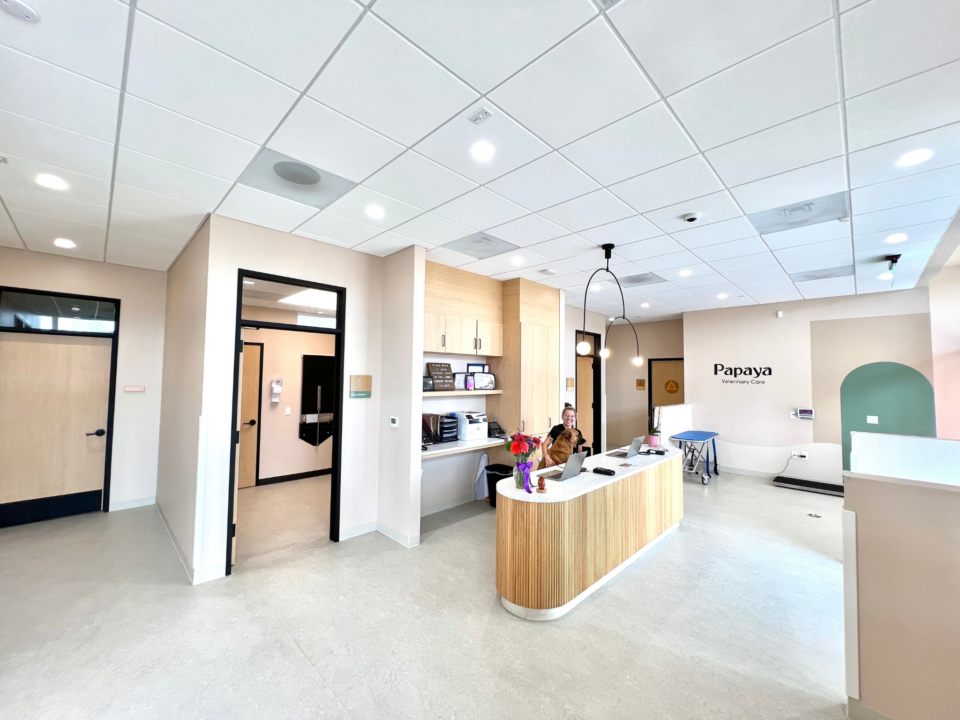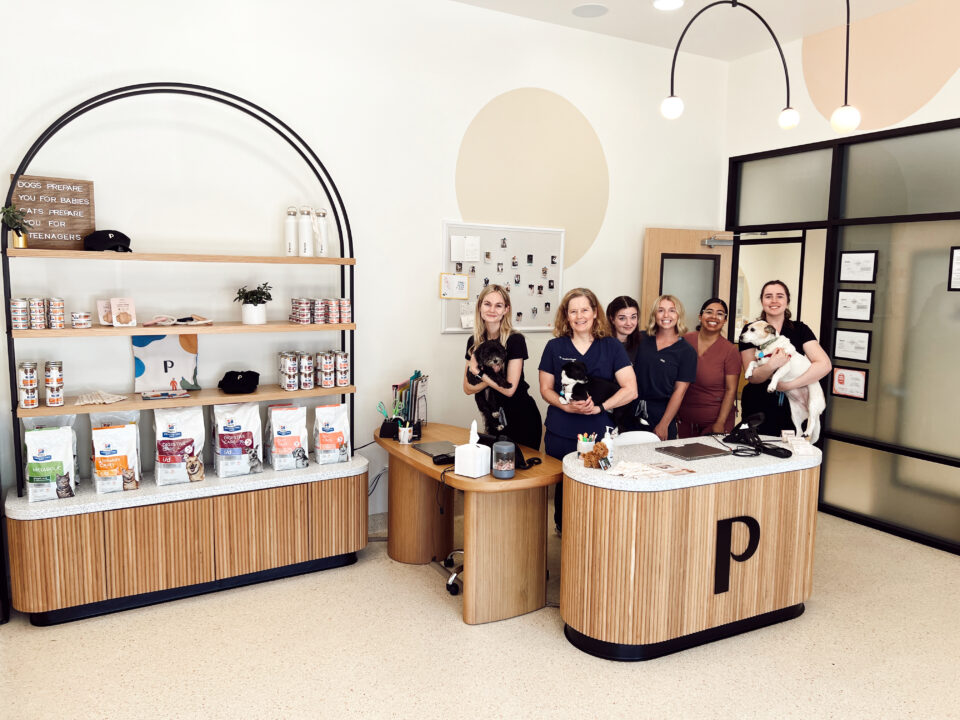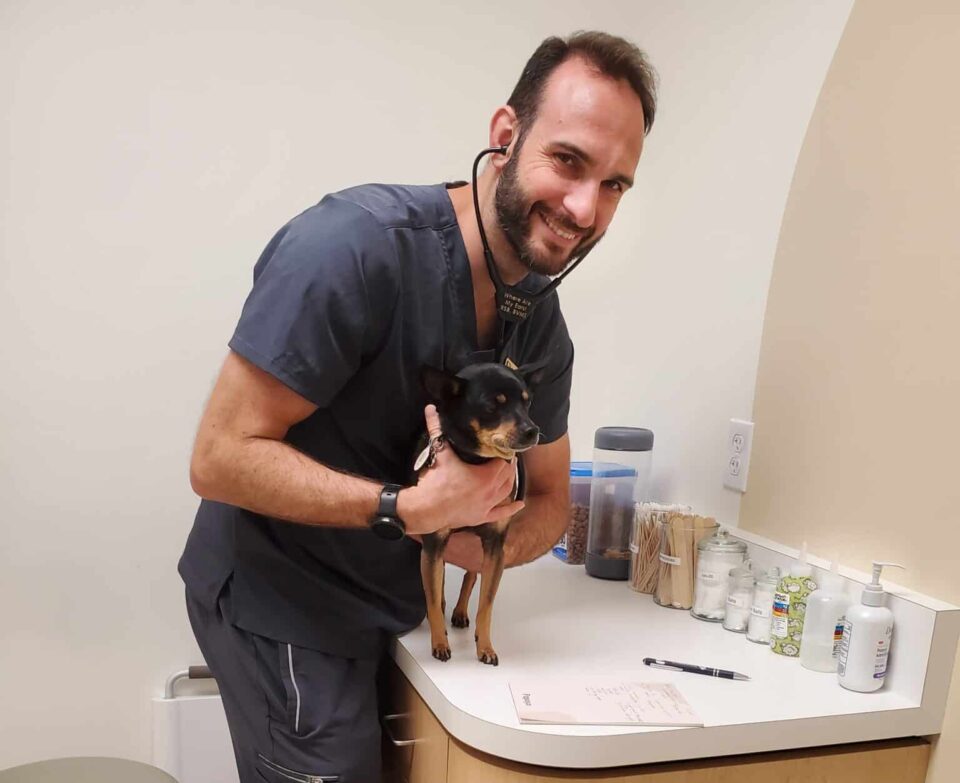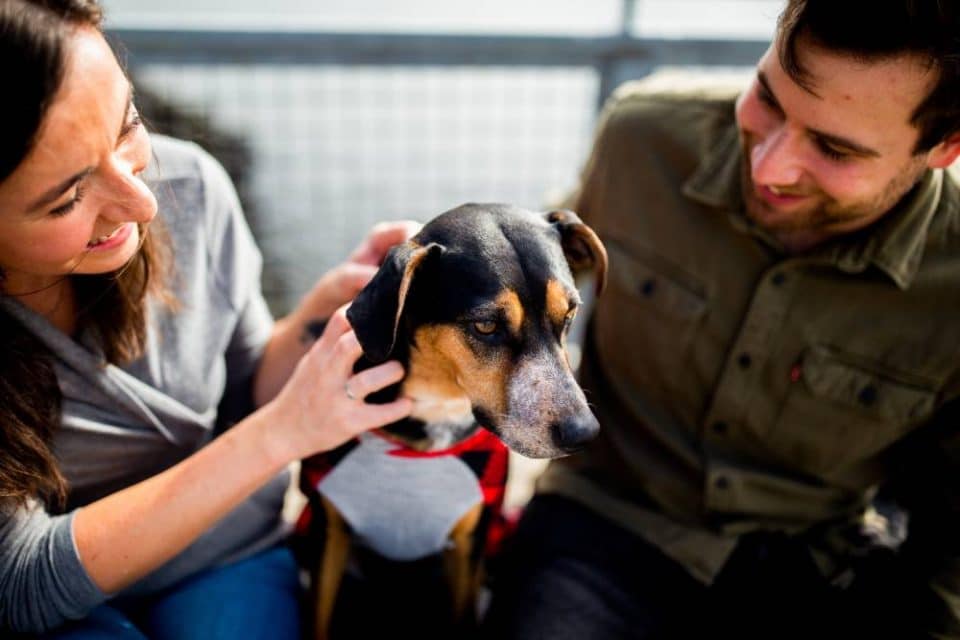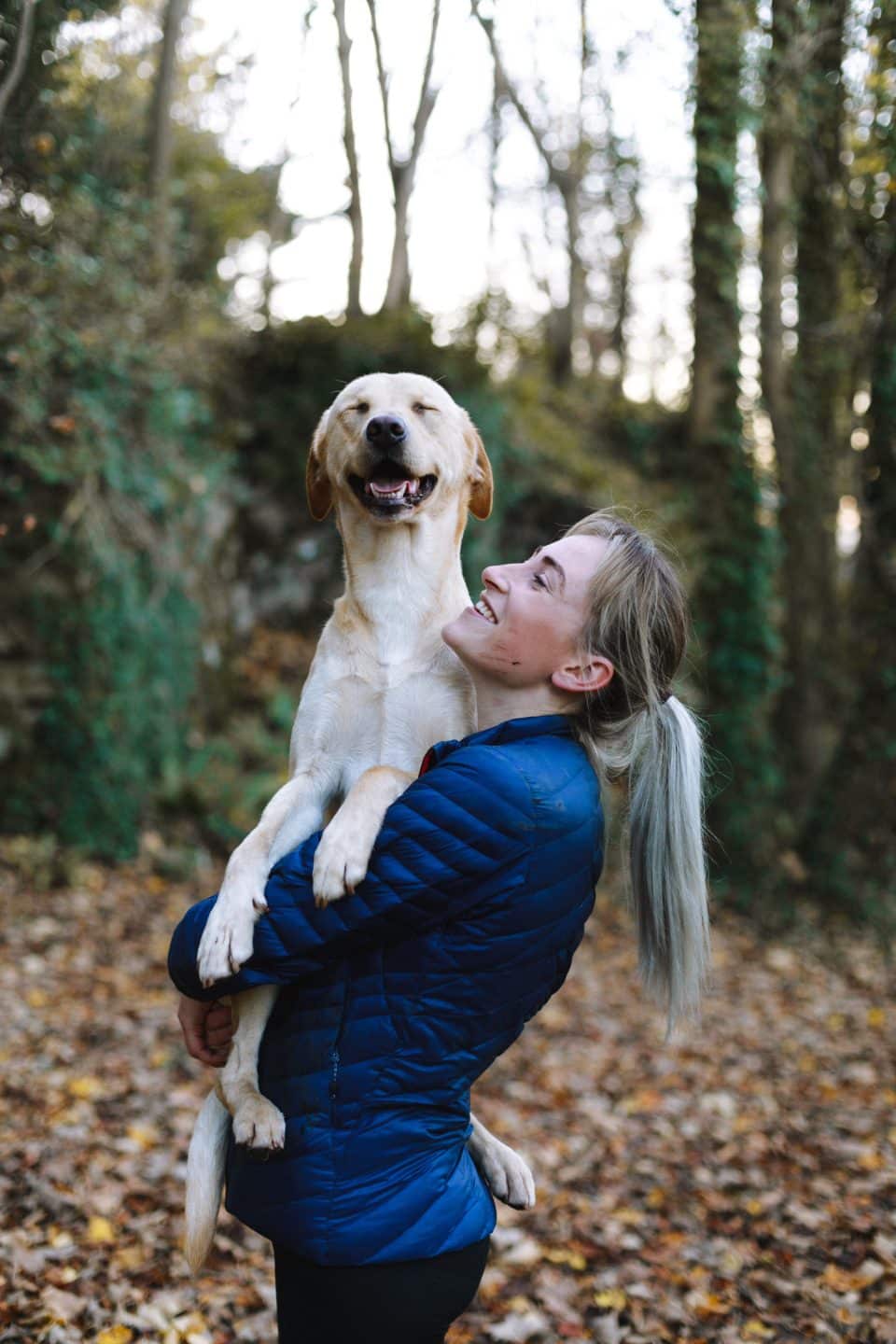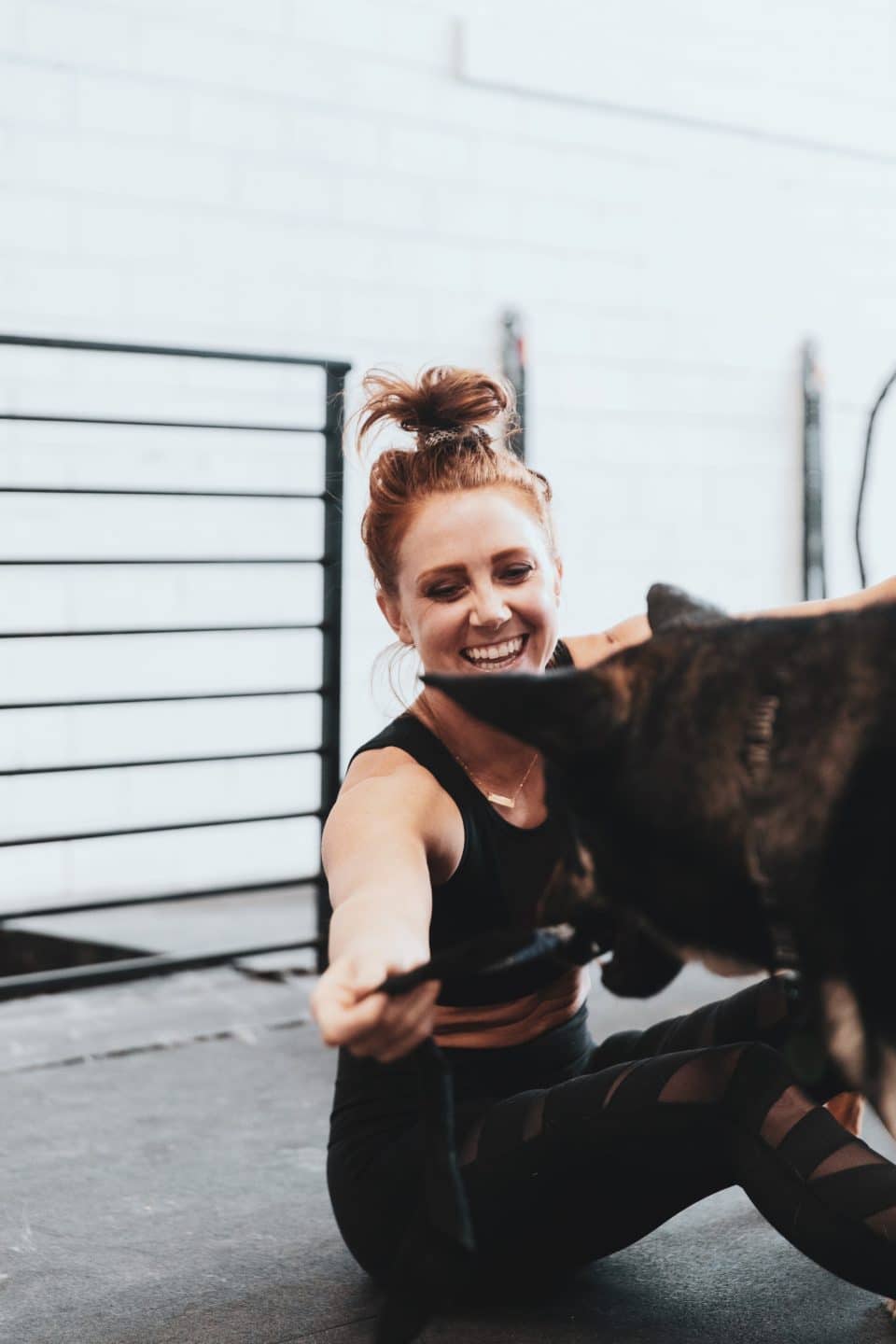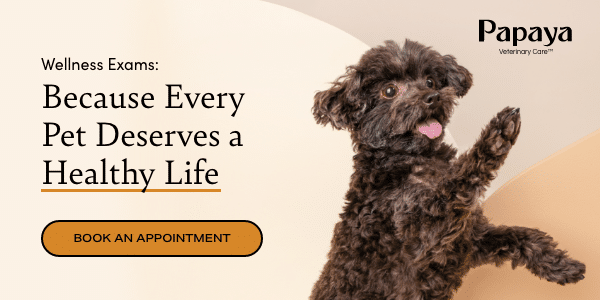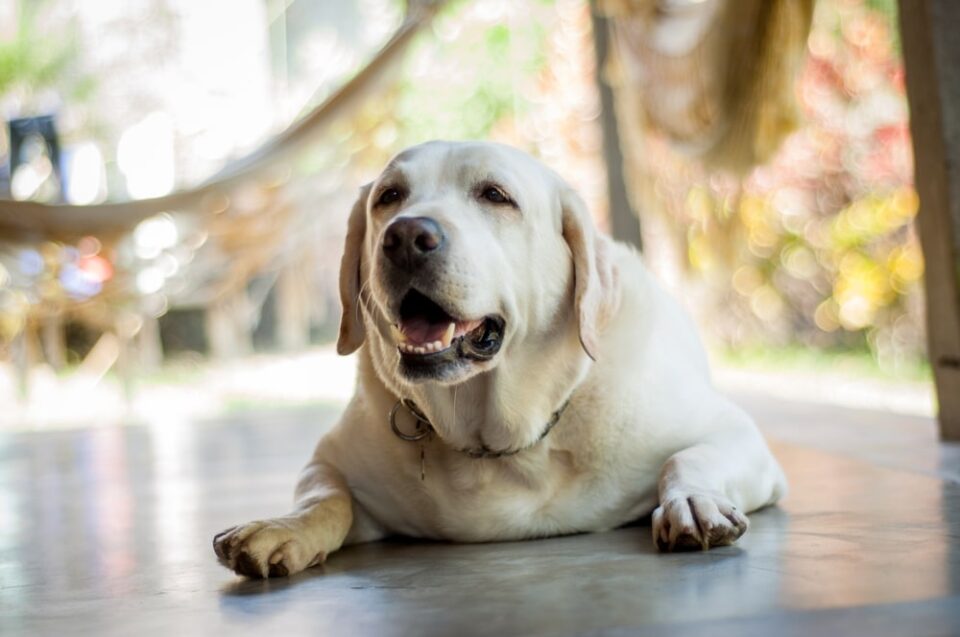Pet Care
5 min read
Nose to Tail Exams: What to Know About Pet Wellness
Published on Nov 10, 2023
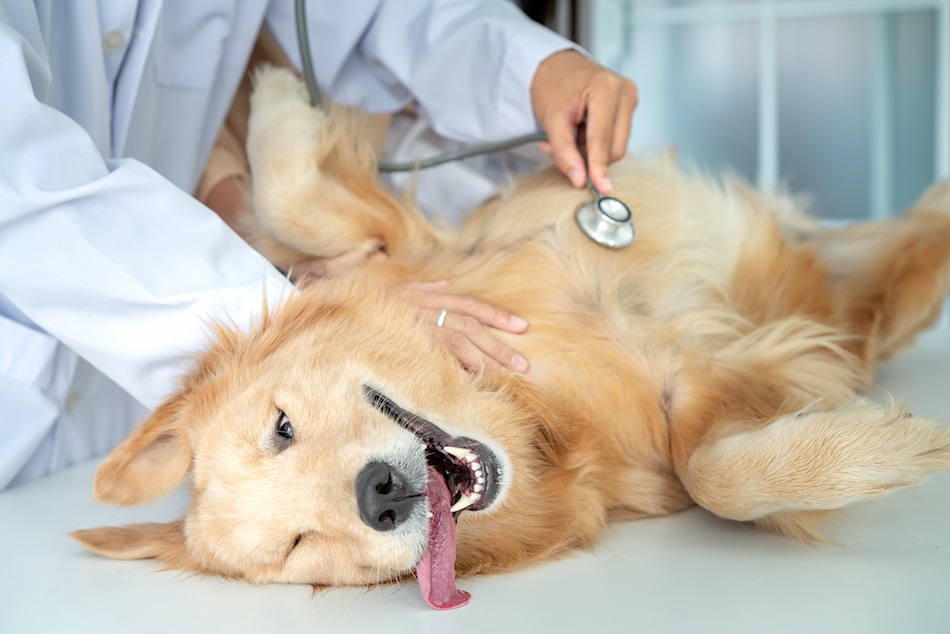
Updated November 10, 2023
As pet owners, we are responsible for ensuring our companions’ overall health and wellness. Just like humans, pets require regular wellness exams to maintain their health and catch any potential issues before they become serious. One of the most important pet exams is the nose-to-tail exam, also known as a “snout-to-tail exam”, which is really just a comprehensive physical exam. Luckily, there are now many options on how your pet can receive their annual wellness exam, with telehealth vet appointments or in-person vet clinic options.
In this article, we will cover everything you need to know about nose-to-tail exams for pets, including why they are important, what to expect during the exam, and how often your pet should have one.
Key Takeaways:
- A nose-to-tail pet annual exam is a comprehensive veterinary exam that checks all systems of your pet’s body, from head to tail.
- It is recommended to have your pet undergo veterinary services at least once a year to ensure their overall health and detect any potential health issues early on.
- During a nose-to-tail exam, a veterinarian will check your pet’s eyes, ears, mouth, skin, heart, lungs, abdomen, and musculoskeletal system, among other things.
- Routine pet exams can help prevent health issues and disease from developing, catching any potential issues before they become more serious.
- It’s important to take your pet to a veterinarian for their nose-to-tail exam, as they have the specialized training and equipment necessary to perform a thorough assessment.
- If your pet is particularly anxious or aggressive, they may need to be sedated for the exam.
- Nose-to-tail exams are often covered by pet insurance, but it’s important to check with your specific policy to confirm your coverage.
Why are Nose to Tail Exams Important?
Nose-to-tail exams are a critical component of pet wellness care. They provide veterinarians with the opportunity to assess your pet’s overall health and identify any potential issues before they become serious. Some of the specific benefits of nose-to-tail exams include:
- Early Detection of Health Problems: During the exam, the veterinarian will thoroughly examine your pet’s body, including their eyes, ears, mouth, nose, skin, joints, and more. This allows them to detect any signs of illness or injury early on, when treatment is often more effective.
- Customized Preventative Care: Based on your pet’s exam results, your veterinarian can recommend customized preventative care measures to keep your pet healthy. This may include vaccinations, parasite prevention, dental care, and more.
- Establishing Baseline Health: The first exam is particularly important, as it establishes a baseline for your pet’s overall health. This information can be used to track changes over time and identify any potential health concerns early on.
What to Expect During a Nose-to-Tail Exam
If you’re preparing to take your pet for their first nose-to-tail exam, you may wonder what to expect. Here’s a breakdown of what typically happens during the exam:
- Physical Assessment: The veterinarian will begin by performing a thorough physical assessment of your pet, checking their overall body condition, including their weight, muscle tone, and more.
- Comprehensive Body Exam: Next, the veterinarian will examine your pet’s body from nose to tail, looking for any signs of abnormalities or concerns.
- Joint and Muscle Assessment: The veterinarian will check your pet’s joints and muscles for any signs of pain, stiffness, or other issues.
- Internal Organ Assessment: The veterinarian may also perform a range of internal organ assessments, including listening to your pet’s heart and lungs, checking their abdomen for any signs of discomfort, and more.
- Customized Recommendations: Based on the results of the exam, the veterinarian may provide you with customized recommendations for your pet’s preventative care, including vaccinations, parasite prevention, nutrition, and more.
How Often Should Your Pet Have a Nose-to-Tail Exam?
The frequency of nose-to-tail exams for pets can vary depending on several factors, including their age, breed, and overall health status. Here are some general guidelines to follow:
- Puppies and Kittens: Puppies and kittens need more regular check-ups compared to adult pets. It is advisable for these young animals to undergo a comprehensive nose-to-tail examination every 3-4 weeks until they reach the age of 16 weeks. The primary purpose of these frequent visits is to administer their initial series of vaccinations, rather than for extensive health evaluations. However, during these appointments, the pet is also assessed to ensure they are in good health and ready to receive their vaccines.
- Adult Pets: Once your pet reaches adulthood, they should have a nose-to-tail exam at least once per year. However, some pets may require more frequent veterinary services and routine checkups, particularly as they age.
- Senior Pets: For any senior pet over the age of 7, it’s generally recommended that they have a nose-to-tail exam every 6 months. This allows for early detection of any age-related health concerns.
FAQs
Q: Can I perform a nose-to-tail exam on my pet at home?
A: While it’s a good idea to regularly check your pet’s body for any signs of lumps, bumps, or injuries, it is not recommended to attempt a full nose-to-tail exam at home. This is because a veterinarian has specialized training and equipment to thoroughly assess your pet’s overall health, which cannot be replicated at home.
Q: Will my pet be sedated during the exam?
A: In most cases, pets do not need to be sedated for a nose-to-tail exam. However, if your pet is particularly anxious or aggressive, sedation may be necessary to keep them calm and ensure their safety during the exam.
Q: What if my pet has an issue during the exam?
A: If the veterinarian identifies any health concerns during the exam, they will discuss their findings with you and recommend appropriate treatment options. Depending on the nature of the issue, this may involve medication, surgery, or other forms of treatment.
Q: Are nose-to-tail exams covered by pet insurance?
A: This depends on your specific pet insurance policy. Many insurance policies cover routine wellness care, including nose-to-tail exams, but it’s important to check with your insurance provider to confirm your coverage.
In conclusion, nose-to-tail exams are a critical component of pet wellness care. By having your pet examined by a veterinarian on a regular basis, you can ensure their overall health, detect potential for disease, and provide them with the necessary vaccine protection. If you have any questions or concerns about nose-to-tail exams or your pet’s overall health, be sure to speak with your veterinarian. With proper care and attention, you can help keep your furry friend healthy and happy for years to come.

